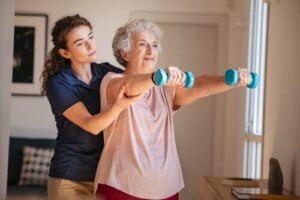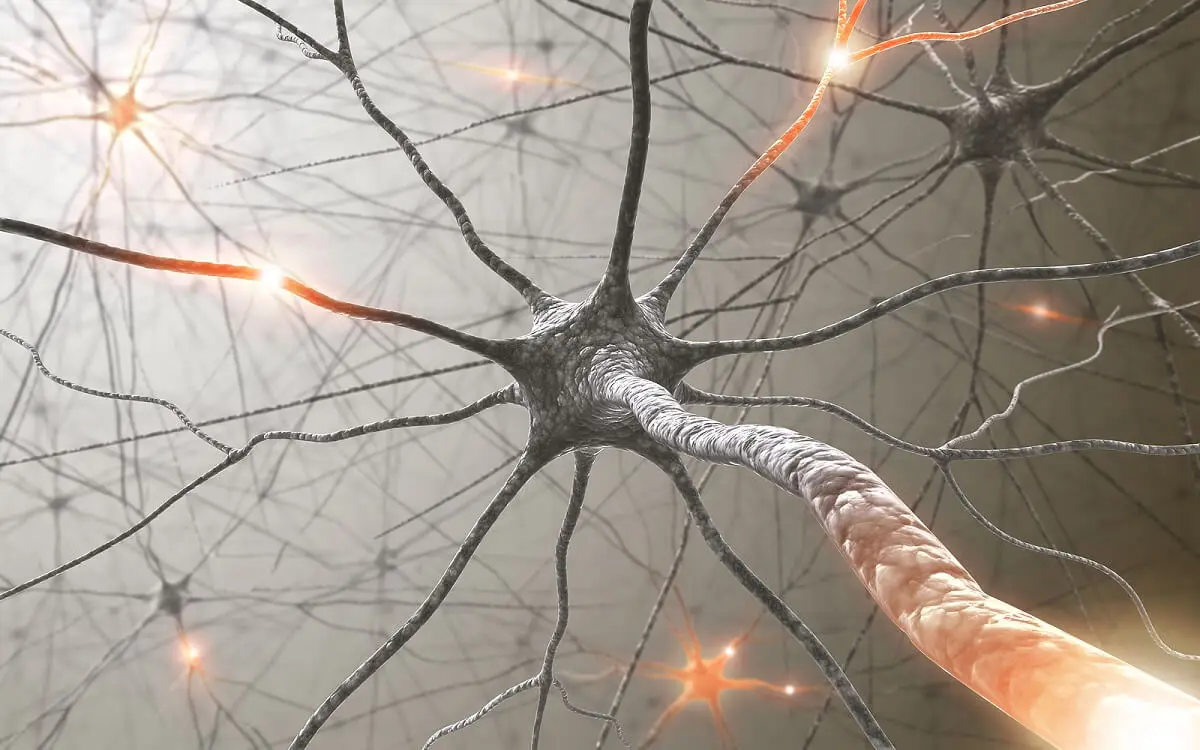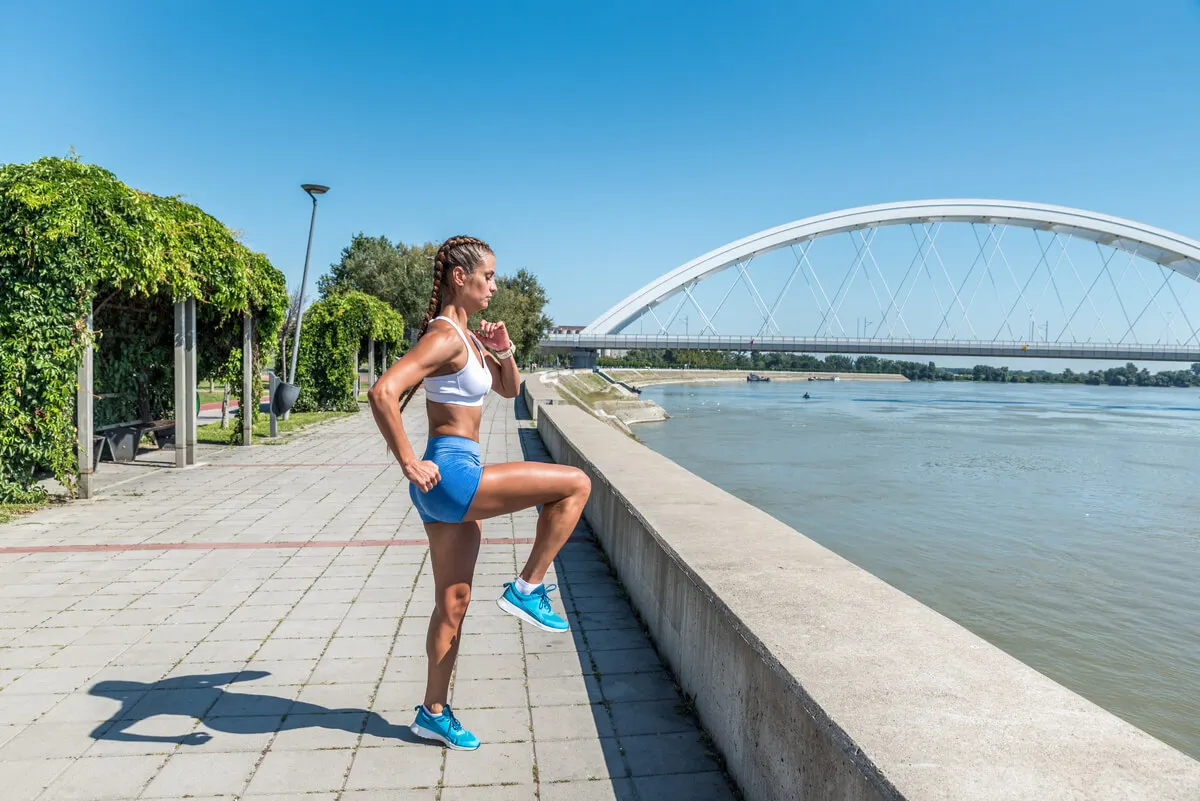What is Muscle Activation and Why Is It Important?


Written and verified by the doctor Leonardo Biolatto
Muscle activation is a concept that lends itself to confusion and that can also be found on the Internet under the proposal of a series of techniques to improve posture and soothe pain. In fact, there are even training courses and international certifications for those who want to train in this modality.
In itself, muscle activation is the process by which a muscle contracts, either voluntarily or involuntarily. We activate the buttocks and abdominals to do the plank, for example, when we hold the posture for the stipulated time.
But we also have MAT, or muscle activation techniques. This is a form of treatment for neuromuscular disorders that cause pain, weaknesses, and imbalances.
What is MAT or muscle activation?
In the early 2000s, Greg Roskopf, a master in health and fitness, proposed a theory to explain why many people had muscular discomfort that could not be resolved with the usual physiotherapy techniques. For him, the effective way was to look for imbalances that would explain the pain from another perspective.
So he suggested that some patients experienced pain on one side of the body because they didn’t activate the opposite side accurately enough, for instance. This could be traced back to a bad connection between the neurons and the muscle tissue, or to an inhibition in the communication of the nervous system with the muscle.
He developed specific techniques to solve what he determined to be a problem. These techniques start with a diagnosis made by the MAT specialist, through which he manages to identify the non-activated areas.
Then, the treatment aims at the muscular activation of regions that are “forgotten” by the nervous system. With different approaches, contraction, and tension are stimulated in the areas that could improve the patient’s quality of life.

We think you may be interested in reading this, too: An Easy Guide to Building Muscles Like Arnold Schwarzenegger
The reasons for the problem according to MAT
So, summarizing the theory of muscle activation, we could say that there are three ways in which neuromuscular pain could be generated that could be solved with MAT techniques:
- Inhibition: the brain is able to inhibit nerve transmission in certain neurons that are in charge of activating the muscles. Why would it do so? In general, to protect the structures or because it detects that they’re not being used. This may be because there’s an injury or a repetitive movement that could cause damage, or because a sedentary lifestyle warns the nervous system that this part is not being used.
- Weakness: it’s possible that you have weak muscles. This would mean that they’re not able to fulfill the specific function that corresponds to them. They don’t contract with the sufficient force required in the anatomical context in which they’re used or they don’t execute the movement that we ask of them in an exercise or sport. This weakness will cause the brain to activate other nearby or distant muscles to perform the action. This favors the development of injuries, because the other activated tissues aren’t trained for this new function.
- Imbalance: muscular imbalance can be a consequence of the two previous problems. One part of the body develops much more than the other. Therefore, there are muscles with good tone and strength that overshadow the rest and don’t allow them to activate. It’s as if the weaker part enters a chronic energy-saving mode.
Muscle activation techniques
MAT techniques are performed by people trained in this area. Depending on the country and the health legislation in force, the professional will sometimes be required to be a physiotherapist, while in some places this is not required.
It can therefore be a specialty within kinesiology or an alternative treatment. In either modality, the technician or practitioner performs a preliminary diagnosis to identify inhibited, weakened, or unbalanced areas. Then he or she applies the MAT techniques.
However, there are also some muscle activation exercises that are useful to perform at home. Before proceeding to a more intense routine, these alternatives serve as a warm-up:
1. Isometric movements
Isometric movements are able to activate the musculature while avoiding some of the disadvantages of concentric exercises. The latter are those that shorten the muscle fibers against resistance, as happens when lifting a dumbbell towards our shoulder.
The problem with concentric exercises is that, if they’re repeated too often, theonly y strengthen some fibers while leaving others out of recruitment. As a result, one area of the body becomes stronger, but the other is weakened.
Isometric exercises don’t change the length of the muscle fiber. That is, the person remains in a static contraction and there is no noticeable displacement. This improves neuromuscular balance and can be executed with ease if we do the isometric plank or a static squat.
2. Knees lifts without impact
Before heading out for a running session, runners can do some warm-up movements that activate the entire lower body. One of them is to raise the knees above hip level, but without jogging in place and returning the foot to its starting position without impact.
The secret to this muscle activation is a calmness to complete the arc of the joint and not to descend with too much pressure. You’re looking to stimulate the muscle tissue, not to start running. Then, with the running session, the usual muscles will be used.

Like this article? You may also like to read: The Farmer’s Walk: Technique, Benefits and Muscles Worked
3. Massage
With palpation, we stimulate muscle tissues that could be inhibited. Just touching inactive muscle masses sends a signal to the brain for some contraction.
It’s difficult to identify which regions to touch if we are not trained in MAT. Still, a good idea is to activate the areas that you know you use less frequently.
If you always do strength work in the gym, concentrate on the upper body, and never go running, you could spend minutes massaging the glutes, quads, and calves. It’s a way of warning the brain not to switch off those lesser-used muscles.
MAT still has a ways to go
The muscle activation technique is not accepted by all health professionals. Therefore, there’s still a long way to go, and more scientific studies are needed to establish its true scope.
For now, we know that it’s not the same for children as for adults. In the pediatric age, there are not the same vices as with aging, just as there’s not usually strength gym work, which limits the incidence of inhibition or sports injuries.
For older people, the abdominal muscle activation that reduces back pain is of interest. However, there’s research that clarifies that not everyone benefits from it and that there should be a personalized prescription.
For the time being, always consult a trusted health professional. Start with a physical therapist or a trauma doctor who can guide you, diagnose you, and recommend a MAT session, if suitable.
All cited sources were thoroughly reviewed by our team to ensure their quality, reliability, currency, and validity. The bibliography of this article was considered reliable and of academic or scientific accuracy.
- Dotan, Raffy, et al. “Child—adult differences in muscle activation—a review.” Pediatric exercise science 24.1 (2012): 2-21.
- Arnold, Pauline, and Ivan Bautmans. “The influence of strength training on muscle activation in elderly persons: a systematic review and meta-analysis.” Experimental gerontology 58 (2014): 58-68.
- Stokes, Ian AF, Mack G. Gardner-Morse, and Sharon M. Henry. “Abdominal muscle activation increases lumbar spinal stability: analysis of contributions of different muscle groups.” Clinical biomechanics 26.8 (2011): 797-803.
This text is provided for informational purposes only and does not replace consultation with a professional. If in doubt, consult your specialist.








